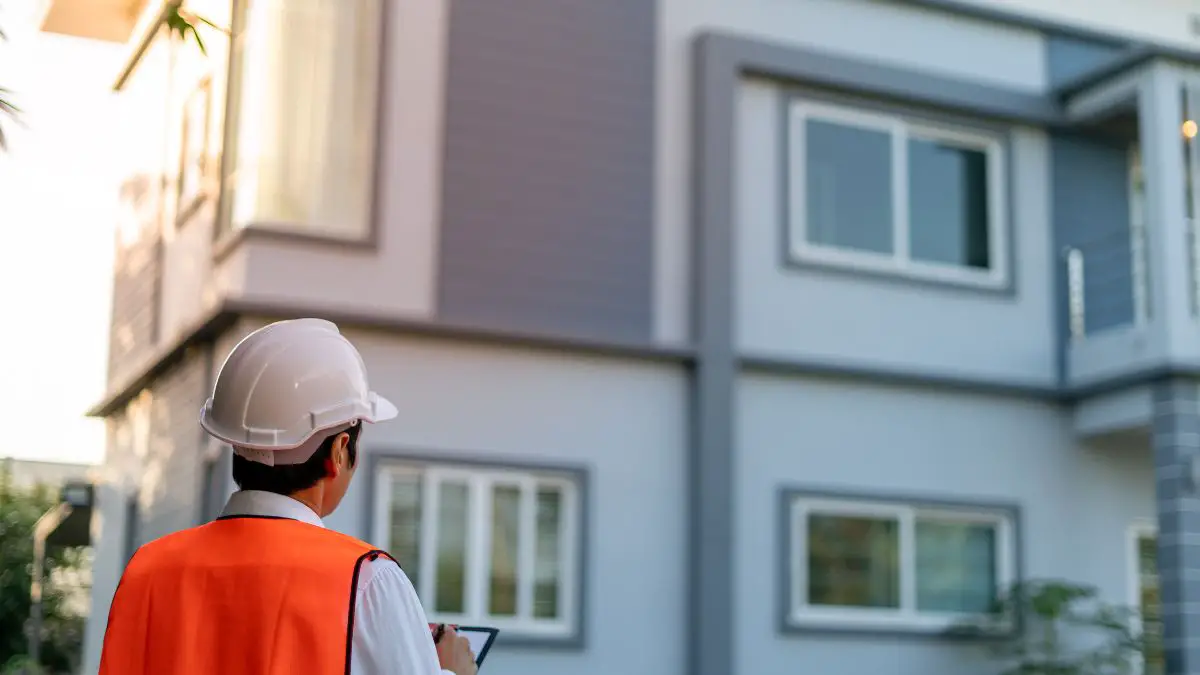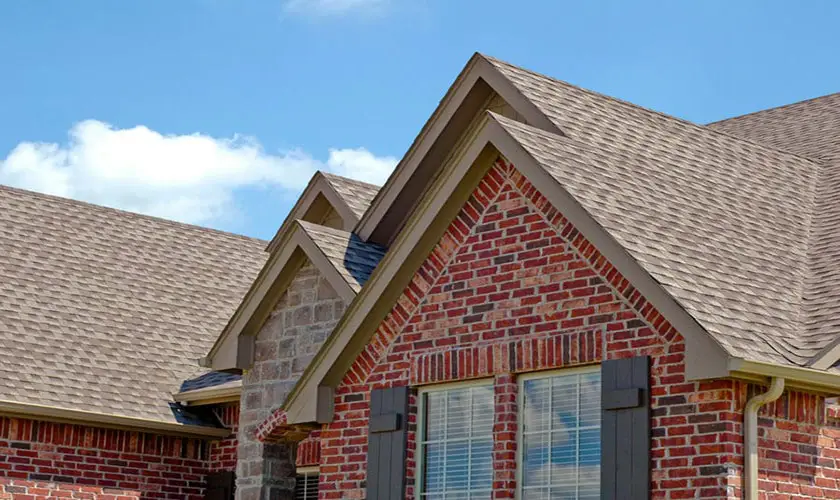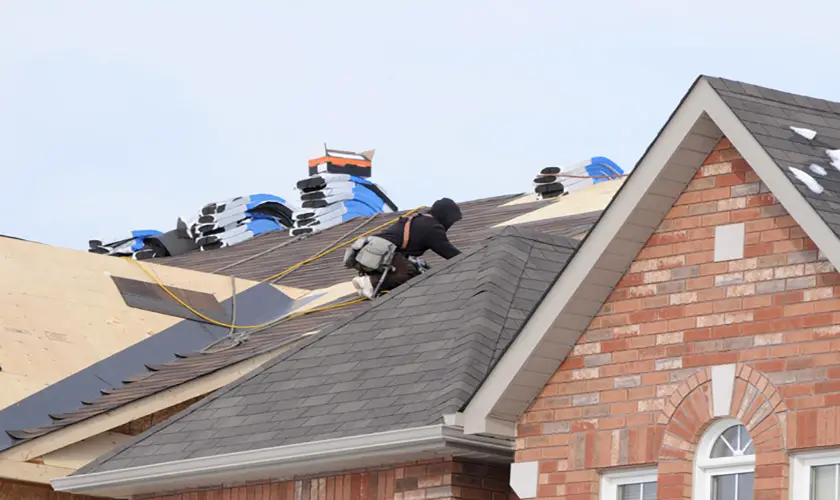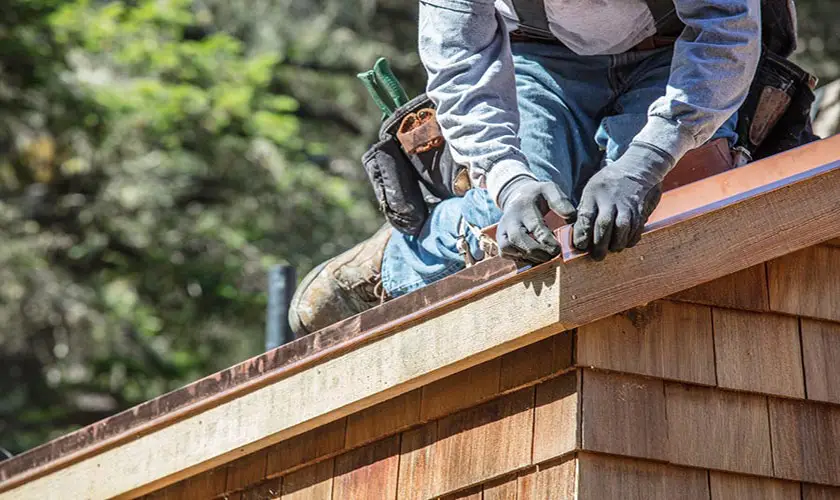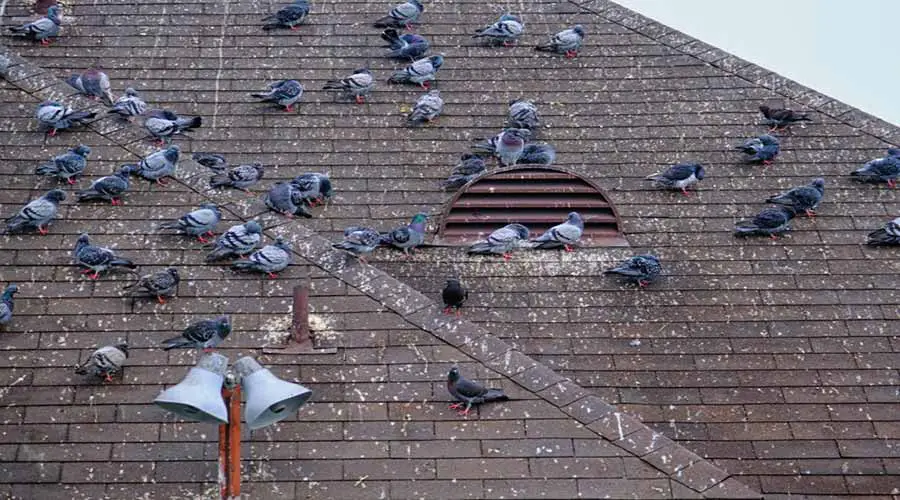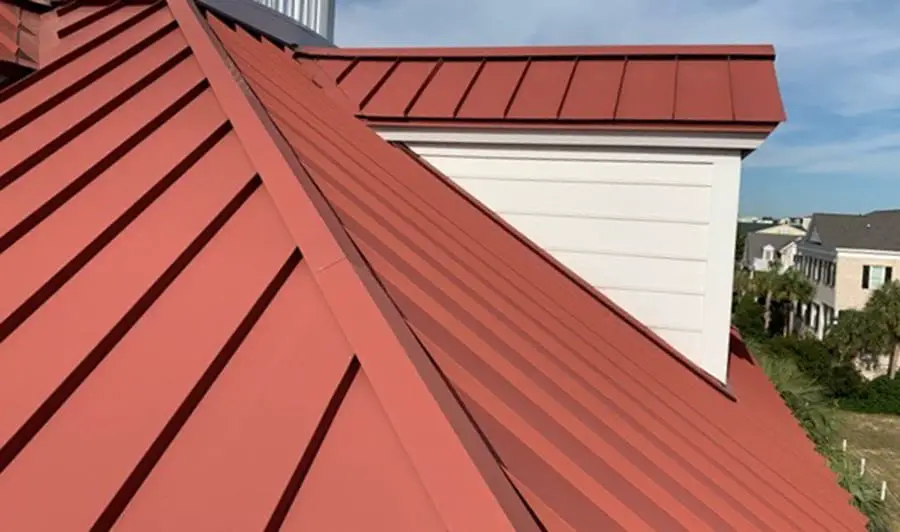
If you plan on embarking on a construction project, it will help if you understand more about roof pitch. Roof pitch is the measurement of the steepness or angle of your roof. Understanding your roof is necessary since it is on the front line of defense between your home and mother nature.
The measure of the horizontal run by vertical rise determines the roof pitch. It is expressed as a ratio and tells you the number of inches that your roof rises for 12 inches of depth. For instance, a 6:12 pitch shows that the roof rises 6 inches for a 12-inch depth. It’s this ratio that determines the best and worst roof pitch for your house. 4:12 is the most common pitch for residential homes.
The main reason why we have a roof pitch is to allow the redirection of water. It lets water drain properly from your roof. The roof pitch is also responsible for the type of material you’ll use for your roofing system.
In this article, we will focus on some of the best roof pitch styles in terms of pitch, slopes, and styles that you can use.
Roof Pitch Variation
There are two main roof variations that you can select from when deciding on the roof that is best for your home: high pitch and low pitch roofs. But, first, let’s look at the pros and cons of these roof variations:
Low Pitch Roof
Low slope roofs have a slope of below 4:12.
Advantages
- A low pitch is cost-efficient during installation since it doesn’t require many shingles.
- A Low pitch roof offers greater walkability. It means you can safely access it to manage repairs and maintenance.
- These roofs offer a cooler interior, especially for homes located in the south.
Disadvantages
- The gradual slope found on these roof types doesn’t allow rain to drain effectively.
- A lower pitch allows the roof to act as a catch-all for debris and tree limbs.
- The ratio between height and width is minimal for low pitch roofs.
High Pitch Roof
High slope roofs have slopes above 8:12.
Advantages
- Although these roofs have low walkability, they have lower upkeep and maintenance.
- The higher height to width ratio allows water to drain effectively from the roof.
- In addition, a high pitch roof means more attic storage space.
Disadvantages
- Steep pitch roofs are steeper, therefore, making it difficult to access and do inspection and maintenance.
- You’ll need more shingles to cover high pitch roofs. Unfortunately, it means the roofs are more costly to install.
- More attic spaces translate into more space to cool and heat. It’s, therefore, more expensive and challenging to keep your house at a comfortable temperature.
Factors to Consider While Choosing the Best Roof Pitch
Before you select the perfect roof pitch for your construction project, there are certain things that you must consider. Let’s look at these factors in detail:
The Cost of Roofing
Steeper roofs are more complex and expensive to build. It can be attributed to the risk it possesses to workers and the sophisticated equipment you need to complete the task. You’ll also require scaffolding while dealing with steeper roofs, thus more cost.
The slope of your roof will also determine the amount of roofing material you need. For instance, steeper roofs require additional shingles compared to flat ones. They also take much more expertise and time to construct.
Maintenance
Although steeper roofs happen to be more expensive during installation, they are also cheaper for maintenance. In addition, a steeper slope will allow for effective drainage, translating into less damage on your roof over time.
If you have a flat roof, it won’t drain water effectively, thus leading to more water-related damages.
The good thing about flat roofs is that they are easy to walk on. There are even people who use their roofs to develop a usable space on top of the roof. However, the movements can cause a flat roof to be more exposed to damage, thus translating into expensive maintenance in the long term.
Roofing Materials
The slope of your roof will highly affect the choice of your roofing materials.
For instance, you can’t roof a slightly sloped or flat roof using shingles due to their lack of pitch. The shingles here don’t drain water from the roof fast enough. It’ll quickly translate into damage.
For flat roofs, you need to employ a waterproof technique. A good alternative for nearly flat or flat roofs is tar and gravel.
Space
One of the major benefits of flat roofs is the space they create. A very flat roof normally creates an additional space that you can put to good use. It’ll, of course, translate into more tear and wear and therefore requires good maintenance and waterproofing.
The extra space you create from a flat roof makes the cost of maintenance and construction worth it.
These are some of the factors that you should look at while selecting the best roof pitch. However, everything depends on your preference; whether you love a low pitch or high pitch roof.
What is the Most Common Roof Pitch? – The Best Five
Gabled or Gable Roof
The gable roof makes the most common triangular pitched roof you’ll ever find on most homes in the United States. It’s the most likely roof style that will come to your mind when you try to picture how suburban homes appear. The roof comes with a standard peak roofline. Since the shape of these kinds of roofs isn’t complex, they are simple and inexpensive to develop.
The basic gable roof is what leads the design of most other pitched roof types. Gable roofs employ different materials, such as cedar shingles or shakes, asphalt shingles, clay & concrete tiles, and slate.
The versatility of gable roofs contributes highly to their cost-effectiveness. If your roof happens to be more complex and has valleys and hips, then metal or seam roofing tiles are the best options.
If you stay in an area that experiences a lot of snow, it will help if you go for a 40-degree pitch angle or 10:12 for the case of a gable roof. Gable roofing is very popular due to its triangular shape that allows ice, rain, and snow to slide off easily.
The shape of gable roofs allows you to get additional living or attic storage space under the vaulted ceilings or roof. However, it would be best to never implement gable roofs in areas located along hurricane corridors or experience strong winds.
The overhanging eaves found on gable roofs can experience damage from heavy rainfall or strong wind.
There are at least four types of gable roofs that you can choose from: crossed gables, dutch gables, side gables, and front gambles.
Side gables emerge as the simplest and most common gable roof style you can find.
Hip Roof
Hipped or hip roofs are among the most common and popular types of roof styles. While gable roofs come with two sides, hip roofs have four side slopes connected to form a ridge.
Hip roofs are perfect for icy and snowy areas due to having slopes that encourage easier runoff for rains and ice. In addition, since the inward pitch comes together on all four sides, these roofs are more stable than hip roofs.
If you love the idea of having a shade, then hip roofs have got you covered. These roofs offer more shade due to a hanging eave found on all sides of the roof. Hip roofs also come with design elements such as crow or dormers’ nests for additional storage or front gables for highlighting an entryway or porch.
These roofs can be created from standard roofing materials, including standing metal tiles, concrete or clay tiles, and asphalt shingles. Although the roofs happen to be more costly than gable roofs, they are mostly used due to their durability and versatility.
The overall building and framing of these roofs require more expertise and materials. However, you’ll end up with more storage and stability.
If you want to keep the roof in the best condition, you should do regular inspection, maintenance, and care.
Jerkinhead Roof
One of the main reasons the Jerkinhead roof makes it to our list of the best roof pitch is that it combines and borrows elements from the ‘hip and gable roof.’ For this reason, the roof is sometimes called the ‘English hip or clipped gable roof.’
In most aspects, it’s similar to a gable roof but having a shortened or clipped end. It also resembles a hip roof having two shorter sides. The roof is made so that shortened hips or sides don’t interfere with the view from the dormer windows.
What stands out about the Jerkinhead roofs is that they are more stable than the hip roofs and gable roofs due to how their endpoints and edges turn out. It means that these roofs have excellent protection from wind uplift and higher resistance against wind.
The roofs also provide more storage and additional living space under the roof. The roof can be developed from almost all roofing materials such as metal shingles, composites, slate, wood shingles, and asphalt shingles.
However, the roofs happen to be more expensive than both hip and gable roofs. Nevertheless, they are worth your investment, thanks to their extra usable space and durability.
Mansard Roof
Mansard roofs are otherwise referred to as French roofs. The roof is supported by four double sloped sides that form a low-pitched roof at the center. One thing that the Mansard roof is valued for is the extra living space that it provides. They offer additional flexibility in a home, making it easier to develop additional future spaces.
For a mansard roof, the sloped side can either be curved or flat. However, the lower slope contains a steeper pitch as opposed to the upper one. As a result, the roofs have various silhouettes, including convex, straight angle, or concave.
If you plan to use the attic or garret as a living space, you should add a dormer window to allow light into the house. High-end properties have decorative wood, stonework, or stone quoins around the dormers.
Since mansard roofs involve many details, they happen to be more costly than other roofing options. However, they are worth every investment you put in to value your property and future flexibility. If you want to build or design a new home, you might have to consider using a mansard roof.
You can build the roof from any roofing material. However, using distinctive metals such as zinc and copper can make a good statement. And even though they may cost more money for a start, they’ll add significant value to your house.
You can also make your mansard roof outstanding by using slate or wood shingles in exciting patterns. Asphalt shingles could also work well on the upper part of your mansard roof.
Since the lower part of the mansard roof is prone to damage from ice, water, and snow, you should ensure that the area is flashed and waterproof. However, never use a mansard roof in areas that experience a very high snowfall.
The Gambrel Roof
The gambrel roofs, sometimes called barn-style roofs or barn roofs, are very similar to the mansard roofs.
However, the gambrel roofs have two sloped sides, unlike the mansard roofs that have four sides. The roof is therefore triangular and not rectangular or square as in Mansard.
The roof has an extra living space, a gentler upper slope, and a steep lower slope. The storage space is found in the form of a garret, loft, and attic.
Gambrel roofs are common on Georgian and Dutch Colonial-style homes. You can also use them on farmhouses, exterior buildings, log cabins, and barn-style homes.
The Gambrel roof happens to be among the most versatile pitch styles, thanks to its elegant look and rustic feel. Dormers and windows are added in most cases to improve the aesthetic appeal and supply natural light to the loft and garret area. However, they also increase roof leaking chances.
It’s therefore recommended to inspect the flashing on the windows if your roof has a dormer.
The gambrel roof has become very reputable thanks to its efficiency, attractiveness, and simple construction. The lower cost of materials you’ll need during construction keeps the budget low and realistic.
You can use slate, wood shingles, or asphalt shingles for gambrel roofs. Metal roofing is also an option since it reduces the need for regular repairs.
If you want to develop a gambrel roof on your house, you should be aware that this roof pitch style isn’t ideal for areas that experience regular high winds or heavy rainfall.
If you stay in a location that experiences extreme weather, ensure that you have reinforced trusses on your roof.



